Increasing Air Travel Demand
The Aviation Life Raft Market is experiencing growth driven by the rising demand for air travel. As more individuals and businesses opt for air transportation, the need for safety equipment, including life rafts, becomes paramount. According to recent data, the number of air passengers is projected to reach 8.2 billion by 2037, indicating a robust market for aviation safety products. Airlines are increasingly investing in safety measures to enhance passenger confidence, which directly influences the Aviation Life Raft Market. This trend suggests that manufacturers must innovate and expand their product offerings to meet the evolving safety standards and expectations of airlines and passengers alike.
Growing Focus on Passenger Safety
The Aviation Life Raft Market is witnessing a heightened focus on passenger safety, driven by increasing awareness and expectations from travelers. Airlines are prioritizing safety measures to enhance their reputation and attract more customers. This trend is reflected in the growing investments in safety equipment, including life rafts, which are essential for emergency preparedness. Recent surveys indicate that passengers are more likely to choose airlines that demonstrate a commitment to safety. Consequently, this shift in consumer behavior is likely to stimulate demand for high-quality life rafts, thereby benefiting the Aviation Life Raft Market.
Expansion of Maritime Aviation Operations
The Aviation Life Raft Market is also influenced by the expansion of maritime aviation operations, particularly in regions with extensive water bodies. Helicopter services, seaplanes, and other forms of aviation that operate over water require life rafts as a standard safety measure. The increasing number of such operations, driven by tourism and offshore activities, is expected to boost the demand for aviation life rafts. As these services expand, the Aviation Life Raft Market is likely to experience growth, necessitating manufacturers to adapt their offerings to cater to this specific segment.
Regulatory Standards and Safety Protocols
The Aviation Life Raft Market is significantly influenced by stringent regulatory standards and safety protocols established by aviation authorities. These regulations mandate the inclusion of life rafts on various aircraft types, particularly those operating over water. Compliance with these regulations is not only a legal requirement but also a critical factor in ensuring passenger safety. The International Civil Aviation Organization (ICAO) and other regulatory bodies continuously update safety guidelines, which compel manufacturers to enhance their product designs. This dynamic creates a consistent demand for advanced life rafts, thereby propelling the growth of the Aviation Life Raft Market.
Technological Innovations in Safety Equipment
Technological advancements play a crucial role in shaping the Aviation Life Raft Market. Innovations such as lightweight materials, improved inflation systems, and enhanced durability are becoming increasingly prevalent. These advancements not only improve the performance of life rafts but also contribute to overall safety and efficiency in emergency situations. The integration of smart technology, such as GPS tracking and automatic deployment systems, is also gaining traction. As airlines seek to upgrade their safety equipment, the demand for technologically advanced life rafts is likely to rise, indicating a positive outlook for the Aviation Life Raft Market.


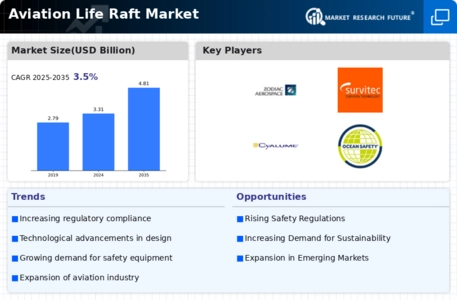
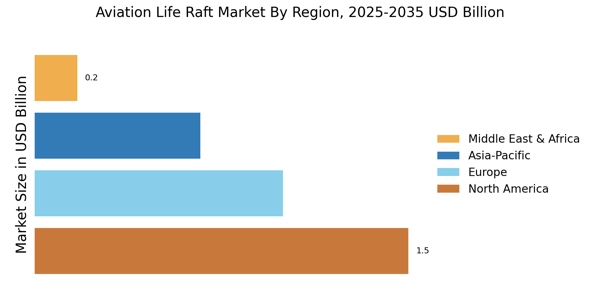

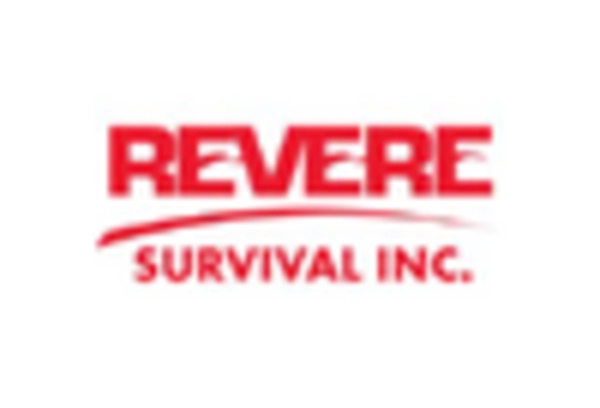

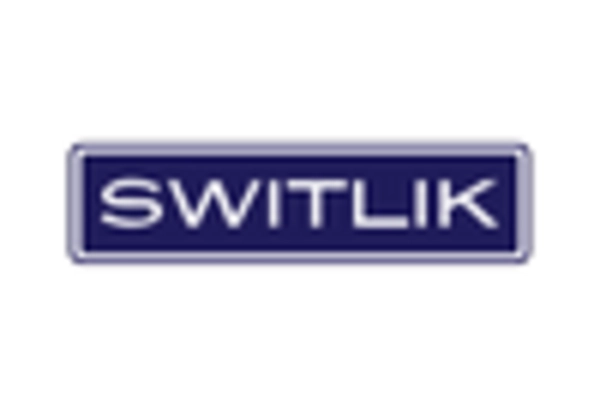
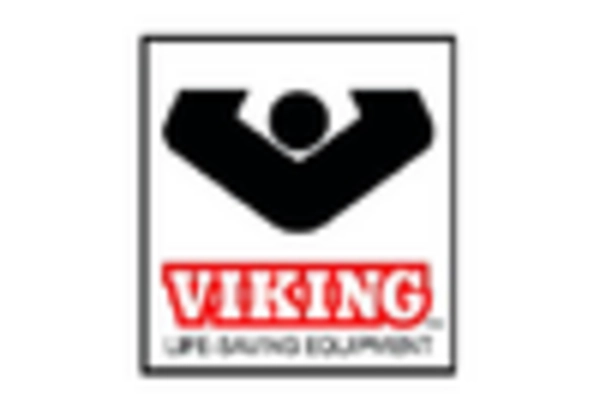









Leave a Comment